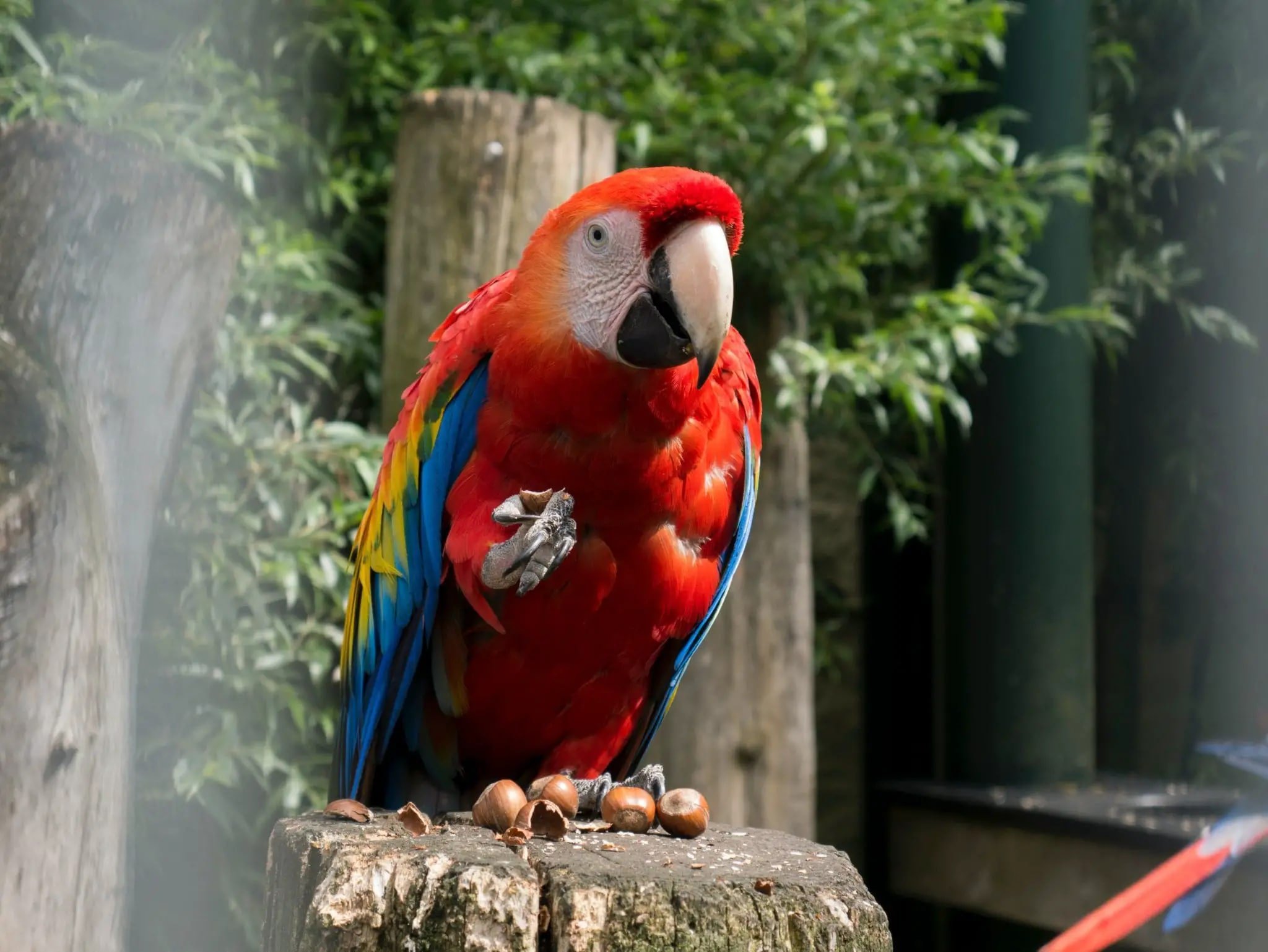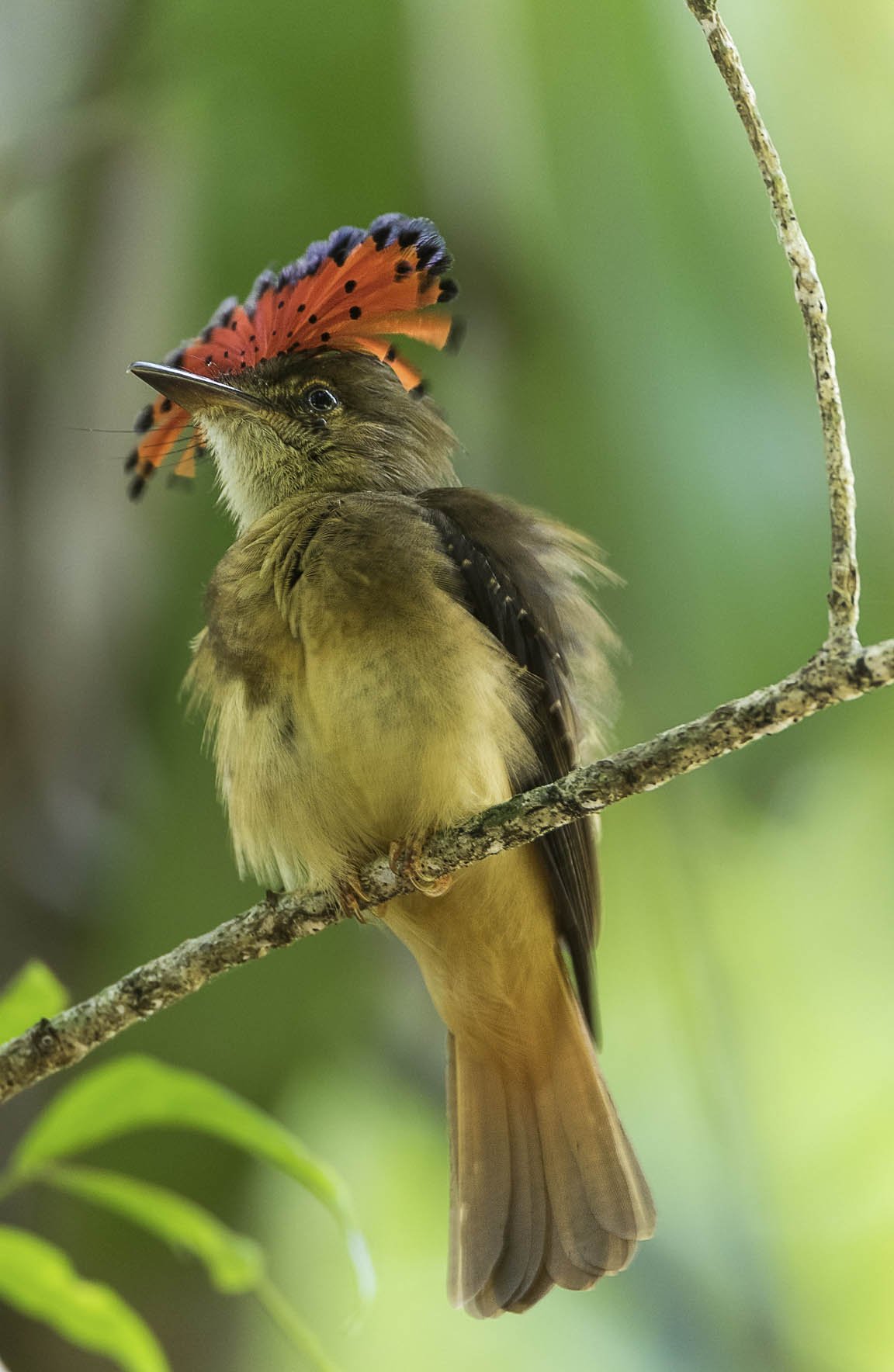Amazon Rainforest: A Natural Gem of Brazil
As the world's largest tropical rainforest, the Amazon Rainforest is a natural gem of Brazil, renowned for its iconic biodiversity. Spanning over 3 million square miles, it stretches across nine countries in South America, with the majority (approximately 60%) nestled within the borders of Brazil.
The Amazon is not only a treasure trove of plant and animal species, but it also plays a vital role in the global ecosystem. Often referred to as the "Lungs of the Earth," this magnificent rainforest is responsible for producing a significant amount of the world's oxygen and plays a crucial role in regulating the Earth's climate. Its vast expanse and intricate web of life make the Amazon Rainforest a truly awe-inspiring and invaluable natural wonder.
As we dive deeper into the heart of the Amazon, many questions arise about this mystical and complex ecosystem. What kind of birds call the Amazon Rainforest home? What role does Brazil play in preserving this natural wonder? Why is the Amazon Rainforest so crucial for our global climate? Let's navigate through these frequently asked questions and unravel the intricacies of the Amazon Rainforest.
Frequently Asked Questions About the Amazon Rainforest
What makes the Amazon Rainforest so special?
The Amazon is home to an estimated 10% of all known species on Earth. It is a diverse ecosystem, with over 40,000 plant species, 1,300 bird species, and millions of insect species. It also contains the world's largest river by volume, the Amazon River, and its tributaries stretch for over 3,977 miles.
How important is the Amazon Rainforest to Brazil?
The Amazon Rainforest plays a vital role in Brazil's economy, providing resources such as timber, oil, and minerals. It also supports various industries such as agriculture, fishing, and ecotourism. The Amazon is also home to many indigenous communities who rely on the forest for their way of life.
What are some threats to the Amazon Rainforest?
Deforestation is a significant threat to the Amazon. It is estimated that around 20% of the rainforest has been cleared in the past 50 years for agricultural expansion, logging, and development. Climate change also poses a threat to the Amazon, with rising temperatures and extreme weather events affecting the delicate ecosystem.
What can be done to protect the Amazon Rainforest?
Governments, organizations, and individuals all play a crucial role in protecting the Amazon. Efforts such as sustainable forestry practices, reforestation projects, and ecotourism initiatives help to mitigate the impact of deforestation. It is also essential to address global issues like climate change and support indigenous communities who have been stewards of the Amazon for generations.
What kind of birds call the Amazon Rainforest home?
The Amazon Rainforest is a haven for bird species, housing over 1,300 known species. From vibrant macaws to magnificent toucans, the Amazon offers a diverse habitat for avian life. If you're interested in delving deeper into these birds, check out our post on the Birds of the Amazon.
What role does Brazil play in preserving this natural wonder?
As the host country of the Amazon Rainforest, Brazil plays a crucial role in its preservation. Brazil has implemented various environmental policies to protect the rainforest and has established protected areas and indigenous reserves. The Brazilian government also collaborates with international organizations and promotes sustainable development practices to ensure the long-term preservation of this natural wonder.
Why is the Amazon Rainforest so crucial for our global climate?
The Amazon Rainforest plays a vital role in regulating the Earth's climate. Its dense vegetation acts as a carbon sink, absorbing and storing vast amounts of carbon dioxide, a greenhouse gas that contributes to global warming. Additionally, the rainforest releases oxygen into the atmosphere through photosynthesis, making it a critical source of breathable air for the planet. Preserving the Amazon is essential for maintaining global climate stability.
With its vast size and diverse habitat, the Amazon Rainforest is a haven for bird species. Over 1,300 different types of birds can be found in the Amazon, including iconic species like toucans, macaws, and parrots. Many of these birds have unique adaptations to thrive in the dense forest, such as bright colors for camouflage and specialized beaks for feeding on various fruits and insects.
For those passionate about the avian life in the Amazon, we have an in-depth article exclusively dedicated to the birds of the Amazon Rainforest. This comprehensive guide will take you on a journey, exploring the fascinating life of toucans, macaws, parrots, and many other unique species thriving in this diverse ecosystem. We delve into their distinct characteristics, survival adaptations, and the crucial role they play in maintaining the ecological balance of the Amazon. To dive deeper into this captivating world of Amazonian birds, we invite you to read our post here.
The Amazon Rainforest is a natural wonder that continues to amaze and inspire us. It is not just a collection of plants and animals, but a living, breathing ecosystem that sustains life on our planet. As we continue to learn more about this magnificent rainforest, it becomes even clearer how crucial it is to protect and preserve this unique environment for generations to come. The Amazon Rainforest is a reminder of the beauty and complexity of nature, and it is our responsibility to ensure its survival. So let's come together and do our part in preserving this invaluable natural wonder. Let's make sure that generations after us can still experience the awe-inspiring magic of the Amazon Rainforest. Because as we know, there is no planet better. Let's take care of our Earth, starting with the Amazon Rainforest.








